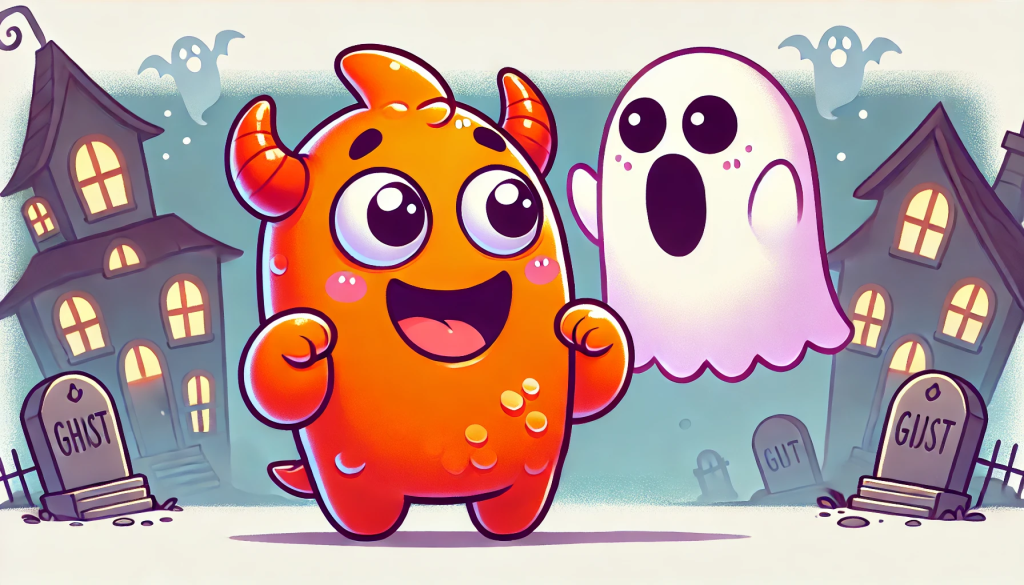
The Odds of Meeting Someone with the Same Birthday as You in a Small Group – The Birthday Paradox
Imagine you’re at a party with 22 other guests. It might surprise you to learn that there’s a better-than-even chance that two of you share the same birthday. This counterintuitive concept is known as the “birthday paradox,” and it illustrates how our intuition often misleads us when it comes to understanding probability.
The Basics of the Birthday Paradox
At first glance, you might assume that the probability of two people in a group sharing a birthday would require a much larger group—perhaps half the number of days in a year, around 183 people. However, the reality is far different. In a group of just 23 people, there’s a 50.7% chance that at least two people will have the same birthday. If you increase the group size to 57, the probability skyrockets to 99%, making it almost certain that a shared birthday exists.
The paradox arises because people typically consider the probability of someone else having their specific birthday, rather than considering the probability of any two people in the group sharing a birthday. With each additional person in the group, the number of possible birthday pairs increases exponentially, leading to a rapid rise in the probability of a match.
Understanding the Math Behind the Paradox
The key to understanding the birthday paradox lies in probability theory. To simplify, consider the first person in a group of 23 people—they have no one to compare their birthday with, so the chance of a match is zero. However, the second person has a 364/365 chance of not sharing the first person’s birthday, meaning there’s a small chance they do share a birthday. As each new person enters the group, the probability of them not sharing a birthday with anyone already in the group decreases slightly, but steadily.
By the time you have 23 people, the number of comparisons being made (23 x 22 / 2 = 253 possible pairs) leads to a 50.7% chance that at least one of those pairs will share a birthday. This surprising result is what makes the birthday paradox such a fascinating example of how probability can defy our expectations.
Real-World Applications of the Birthday Paradox
The birthday paradox isn’t just a fun statistical quirk; it has real-world implications, particularly in the field of cryptography. In this context, the paradox is used to understand the likelihood of hash collisions—instances where two different inputs produce the same output in a hash function. Understanding this likelihood helps in designing more secure cryptographic systems.
Moreover, the birthday paradox also has implications in network security, where it can help estimate the chances of data packet collisions, and in social science research, where it can be used to study patterns of group behavior.
Our Final Thoughts
The birthday paradox is a perfect example of how probability can surprise us. While it might seem unbelievable that just 23 people are enough to guarantee a better-than-even chance of a shared birthday, the math doesn’t lie. Next time you’re in a group, take a moment to consider just how likely it is that someone shares your special day—you might be surprised by the answer.



